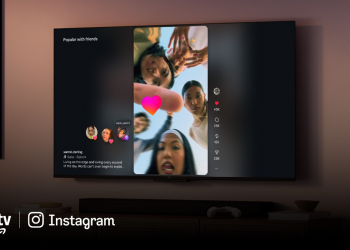The pandemic turned our lives upside down, with physical events giving way to virtual gatherings. It seemed like a temporary solution, but virtual events and webinars have proven to be more than just a passing trend.
They’ve evolved and are here to stay, offering a dynamic platform for personal and professional growth. So, let’s delve into the world of virtual events and explore how they’ve transformed from necessity to innovation.
Evolution from necessity to innovation
In the early days of the pandemic, as offices shut down and coffee shops closed, our laptops became the epicentre of all human interaction. Webinars and virtual events quickly filled the void, keeping us connected despite the physical distance.
Let’s face it; only some in-person events are smash hits. The coffee’s weak, the chairs are uncomfortable, and someone always hogs the mic during Q&A. In contrast, virtual events offer a ‘buffet’ approach. Want to hop into a breakout room to discuss social media strategies?
Go ahead. Would you be interested in an industry leader’s keynote speech? Tune in. And if something doesn’t interest you, you can always quietly exit without the awkwardness of a physical walkout.
Also, the costs associated with hosting or attending in-person events – travel, venue, accommodation – limit access for many. Virtual events level the playing field, making it easier for people around the globe to attend.
This democratization has far-reaching implications, especially for businesses and organizations that want to tap into global markets.
Unlimited analytics and the networking paradox
Virtual platforms offer analytics galore. Want to know who attended your event, from where, and for how long? You’ve got it. Are you curious about the most engaging parts of your webinar? The data is at your fingertips.
This wealth of information is something physical events could never offer with such granularity.
Equally, the format of virtual events often leads to smaller, more focused audiences. These individuals genuinely want to be there, unlike those who attended an in-person event because “the boss said so” or because the promise of free food lured them.
Here’s the irony: virtual events sometimes offer better networking opportunities than physical ones. Think about it. You can join themed breakout rooms, engage in meaningful dialogues without background noise, and forge international connections without leaving your home office.
The Greener Choice
With climate change becoming an increasingly pressing issue, the environmental footprint of business activities is under scrutiny. Virtual events offer a sustainable alternative to flying hundreds of people to a single location and the associated waste generated by these gatherings.
As we move into a future where hybrid work environments become the norm, virtual and mixed events will likely follow suit. So, if you’re waiting for virtual events to become “passe,” you might be waiting a while.
The pandemic has shown that virtual events are not a passing trend but a transformation in how we connect and share knowledge.
While virtual events were born out of necessity, they have matured into something valuable and efficient. They’re not just a substitute for the “real thing” – they are the real thing, offering unparalleled opportunities for reach, engagement, and data analysis.
So, the next time you receive an invite to a virtual event, remember: this is not just a pandemic trend; it’s the future knocking on your digital door. Virtual events and webinars are here to stay, offering a dynamic and flexible platform for personal and professional growth.
*Adeola Adejokun, a communication professional, tweets from @OgbeniAdejokun.
[Featured image credit]












